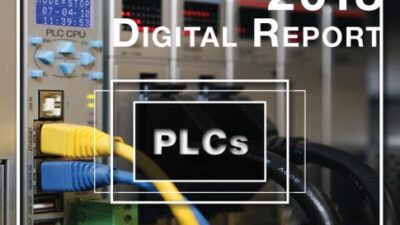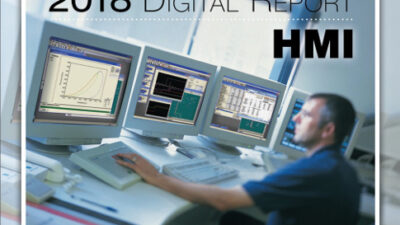Natick, MA—The worldwide market for active-backplane motherboards in embedded and real-time applications is shifting rapidly toward the use of smaller form factors, according to re-cent research by Venture Development Corp. (VDC).
Natick, MA— The worldwide market for active-backplane motherboards in embedded and real-time applications is shifting rapidly toward the use of smaller form factors, according to recent research by Venture Development Corp. (VDC).
The study, “Motherboards in Embedded and Real-Time Applications,” reports that total dollar-volume shipments of embedded motherboards will increase from $357.3 million in 2004 to $442.8 million in 2008. However, when it divided projected shipments by surface area of the motherboards, VDC found that shipments of boards smaller than 70 sq. in. will increase their share of the market from 44.5% in 2004 to 50.1% in 2008, while boards larger than 70 sq. in. will decrease their share of the market from 55.5% in 2004 to 49.9% in 2008.
VDC also divided standard form factor motherboards into two classes, based on surface area. The first class consists of 82 sq. in. types, such as ATX, EmbeddedATX, BabyAT, BTX, LPX, MicroATX, and NLX. The second class includes less than 82 sq. in. types, which include 3.5 in., 5.25 in., EBX, EPIC, FlexATX, and MiniITX.
Though the share of shipments attributable toexpected to show increases in shipment revenues.
‘A trend toward use of smaller form factor motherboards is certainly understandable, because available space has become increasingly constrained,” says J. Eric Gulliksen, VDC’s embedded hardware practice director. “Recent improvements in densification technologies are allowing this shift to take place. The most notable of these improvements is the advent of the Pentium-M processor, which provides high computing speed and power while maintaining low power consumption and heat generation.’
Other factors that are enabling this shift include: higher levels of on-board integration, reducing the need for expansion slots; and provision of USB ports, allowing for simple peripheral connection and further reducing the expansion slot requirement.
Gulliksen adds that, ‘The highest projected growth rates are for the BTX, EPIC, and MiniITX form factors. Of course, these are quite new with low base-year shipment values, which somewhat skews the data. Nevertheless, we expect at least EPIC and MiniITX to make significant penetrations over the period of the study.
‘EPIC, which provides PC/104 family expansion capability and has provision for PCI Express, may provide a ‘shot in the arm’ for the PC/104 industry. This form factor provides an attractive middle-ground sized alternative between EBX and standard PC/104 CPU modules.’
Control Engineering Daily News Desk
Jim Montague, news editor
[email protected]



